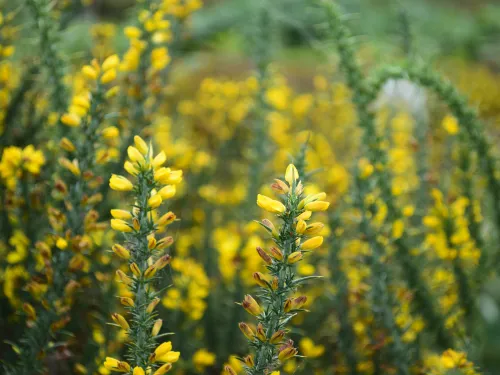
Hothfield Heathlands in November: Full of colour & life
Long-time volunteer Margery Thomas explores what Hothfield Heathlands is like on a crisp November day.
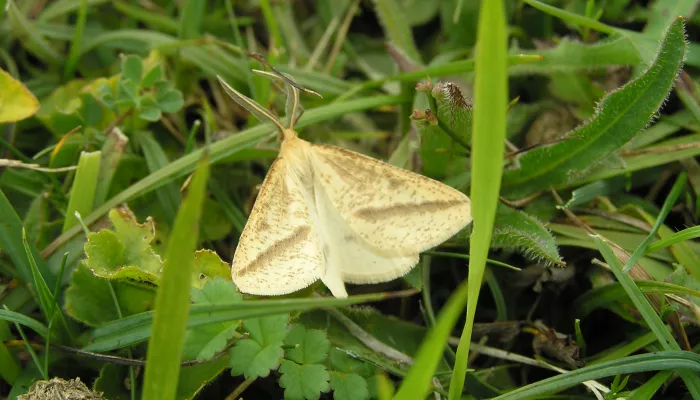
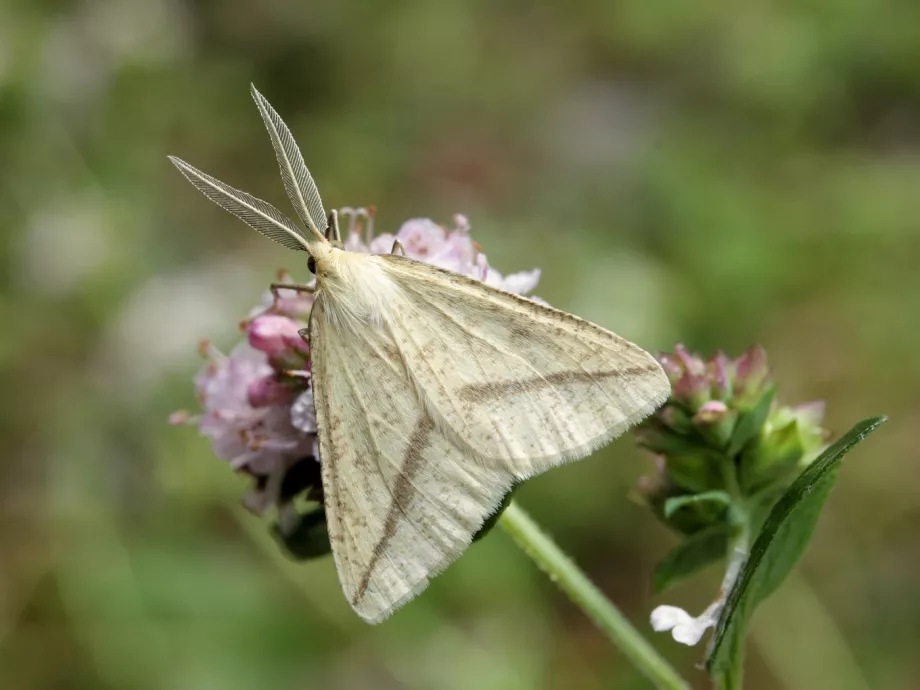
©David Green
The management of this site by Kent Wildlife Trust has created areas of coarse grass and broken short turf, which encourages a myriad of species to flourish. The habitat preference of Straw Belle for short, warm, herb-rich grassland with a mosaic of bare patches for early stages and tussocks for adult stages has been achieved through light cattle grazing.
Kent Wildlife Trust’s Estates Team has a combined total of 100 years of conservation grazing experience on nature reserves. With the aim to mimic natural grazing processes as far as possible, targeted conservation grazing is used on sites like National Nature Reserves where there is a well-established habitat condition to be maintained.
The management of cattle grazing is essential for these moths and for many other species that thrive at our Lydden Temple Ewell National Nature Reserve. The Straw Belle Moth fills a very similar niche to our wart biter crickets, another rarity that is restricted to a handful of sites in the country.Ian Rickards, Area Manager
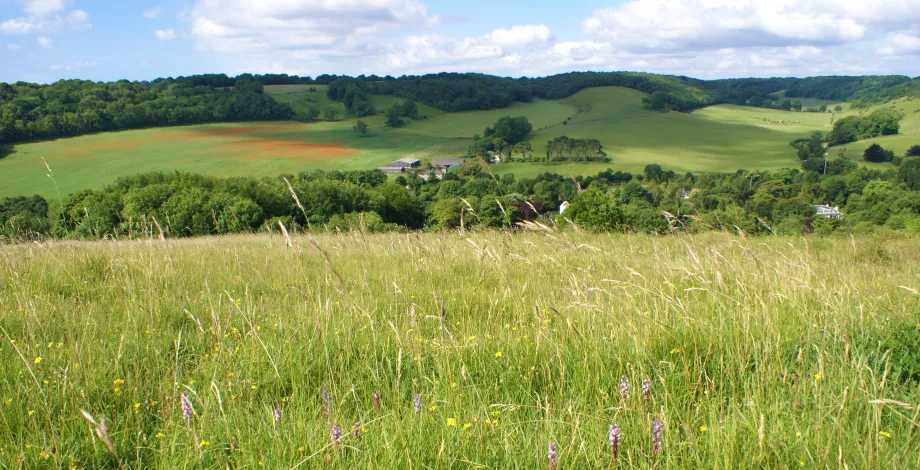
The view from Lydden Temple Ewell reserve, photo by Ray Lewis. Photo by Ray Lewis

Long-time volunteer Margery Thomas explores what Hothfield Heathlands is like on a crisp November day.
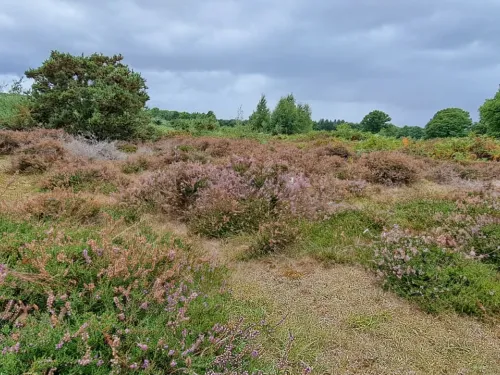
Area Manager, Ian Rickards, takes a moment to reflect on the work at Hothfield Heathlads throughout the summer months.
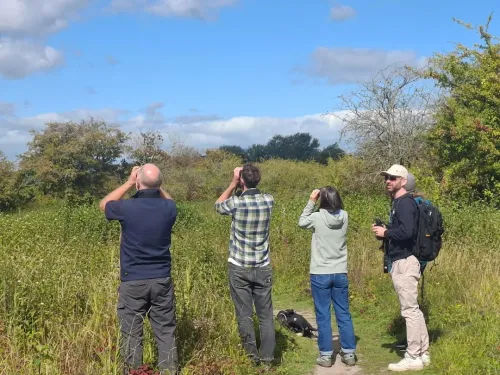
Ecological Data Analyst, Lawrence Ball, talks about a recent team day out to Dane Valley Woods - and the team tells us what makes it so special.